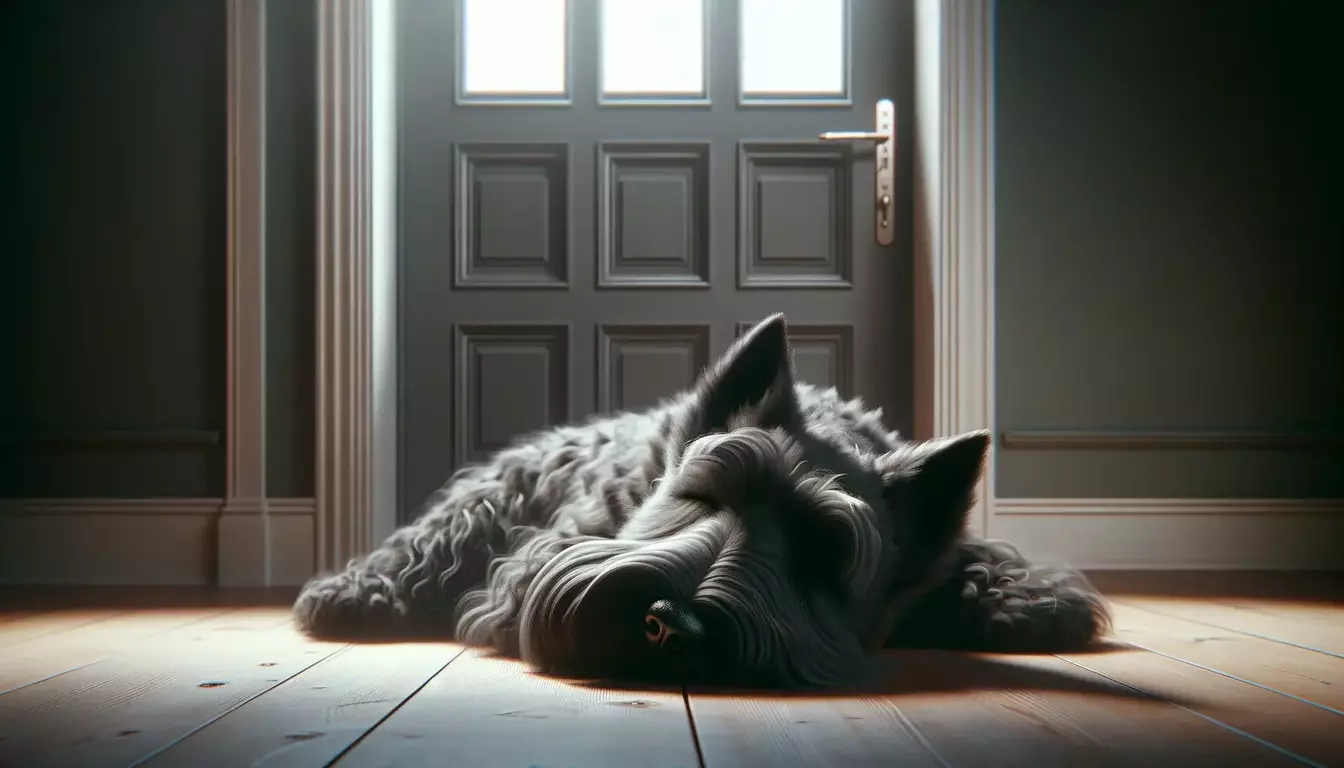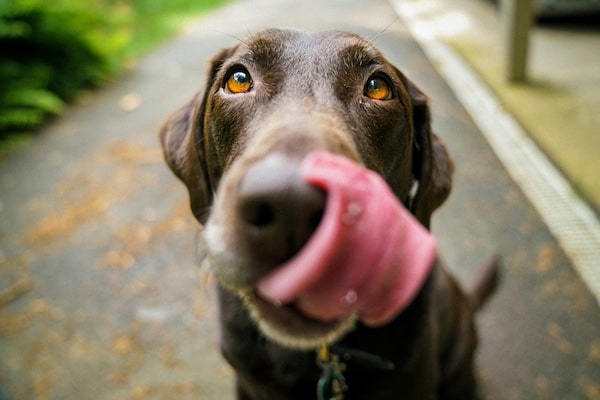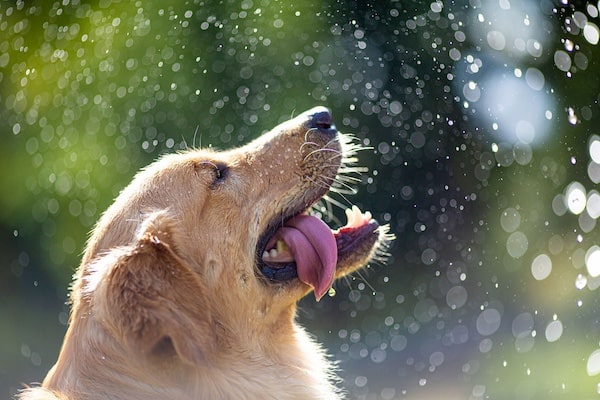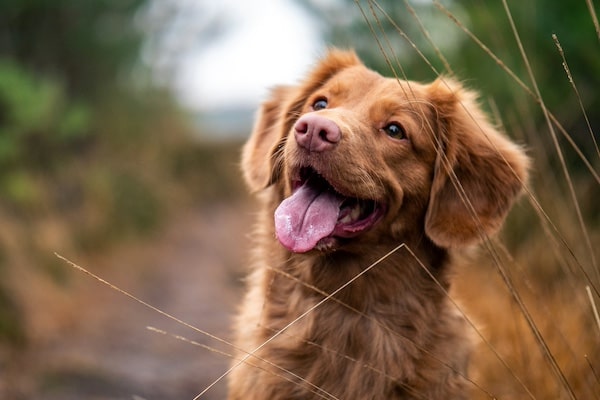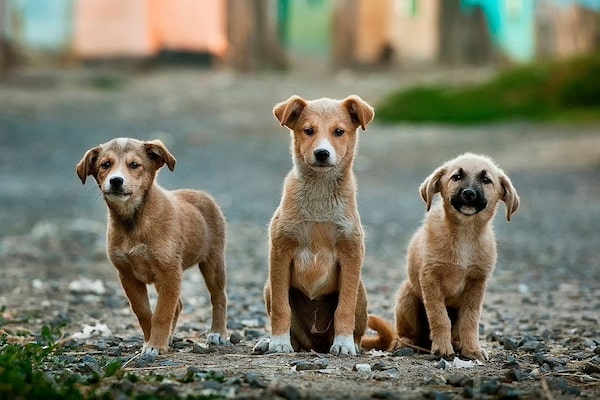In the world of canine companions, certain breeds embody the spirit of independence more vividly than others. These dogs offer the unique advantage of thriving in solitude, unlike their more clingy counterparts. This guide delves into the characteristics of independent dog breeds that are adept at handling alone time. These breeds are an excellent choice for busy pet owners who may need to leave their furry friends unattended for portions of the day.
Before exploring specific breeds, it’s crucial to understand what makes a dog “independent.” These dogs often display a calm demeanor and a less demanding nature in terms of emotional support from their owners. However, independence doesn’t equate to a lack of affection or loyalty. On the contrary, these breeds can form strong bonds but they don’t require constant attention to maintain their happiness.
Independence in dogs is also linked to their historical roles. Many of these breeds were originally tasked with jobs that required solo work, like guarding, herding, or hunting. Such roles have endowed them with the ability to make decisions and act without human intervention, traits that make them well-suited to modern owners with demanding schedules.
- Basenji: The Silent, Independent Hunter
- Chow Chow: The Dignified Lone Wolf
- Shar Pei: The Stoic Protector
- Akita: The Noble Samurai
- Whippet: The Gentle Sprinter
- Greyhound: The Reserved Racer
- Shiba Inu: The Spirited Solitary
- Scottish Terrier: The Independent Thinker
- Basset Hound: The Laid-back Companion
- Alaskan Malamute: The Resilient Worker
Basenji: The Silent, Independent Hunter
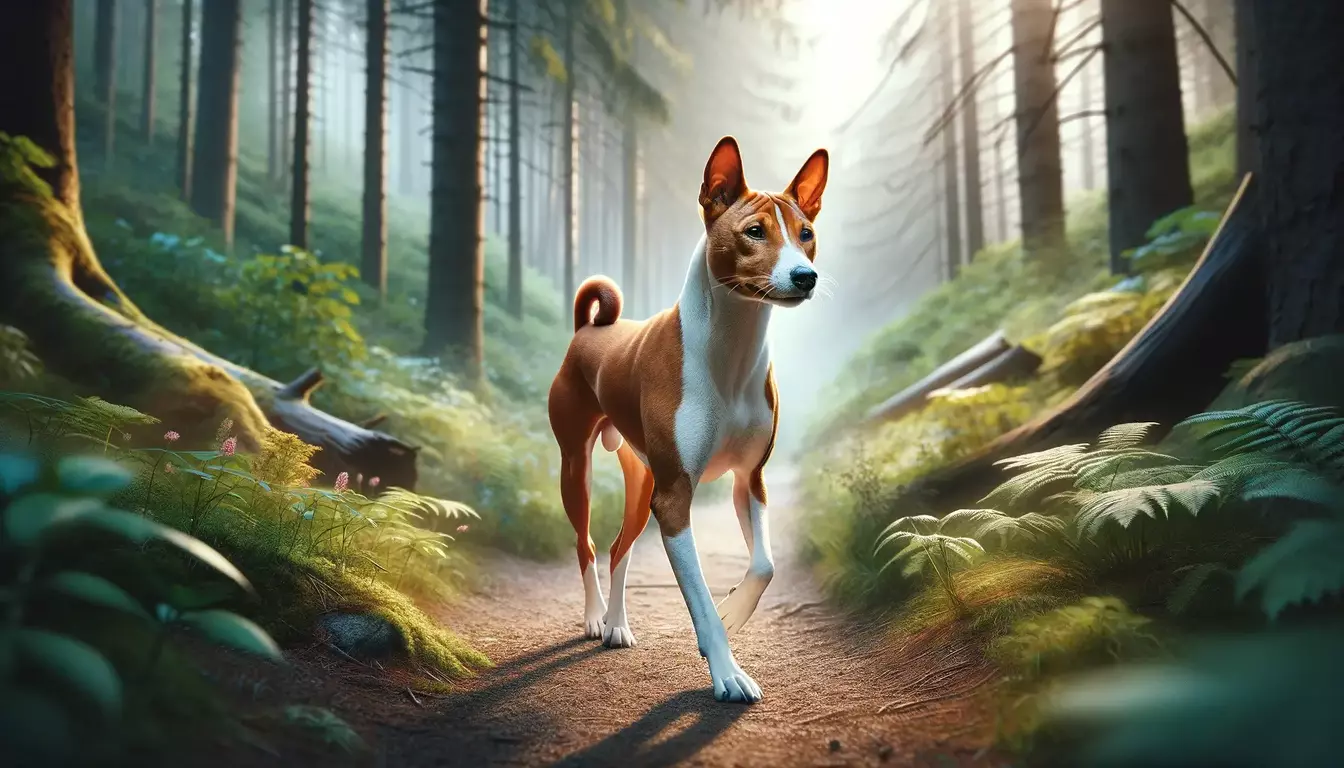
The Basenji, often celebrated as the “barkless dog,” hails from Central Africa where it was originally bred for hunting. Its hunting method, which involved both sight and scent, required independence and intelligence, traits that are prominent in the breed today. What makes the Basenji particularly unique is its lack of a typical barking sound; instead, it makes a distinct chortle or yodel, which contributes to its quiet demeanor.
Basenjis are known for their reserved nature. They are often aloof, even with their families, but they are not devoid of affection. They simply do not demand constant attention or interaction to feel content. This breed values its independence, often choosing to entertain itself rather than seek out social interaction. Their high intelligence and problem-solving abilities mean they can handle being alone better than more dependent breeds. However, they are also known for their mischievous streak, which can lead them to get into trouble if not provided with enough mental stimulation and physical exercise.
Physically, Basenjis are small to medium dogs, agile and elegant, with a poised demeanor that reflects their confident and self-assured nature. They have a short, fine coat that comes in a variety of colors, and their expressive, almond-shaped eyes convey a deep, thoughtful character. This breed’s ability to independently entertain itself, combined with its minimal grooming needs and quiet nature, makes it an excellent choice for individuals who may need to leave their pet at home for parts of the day.
Chow Chow: The Dignified Lone Wolf
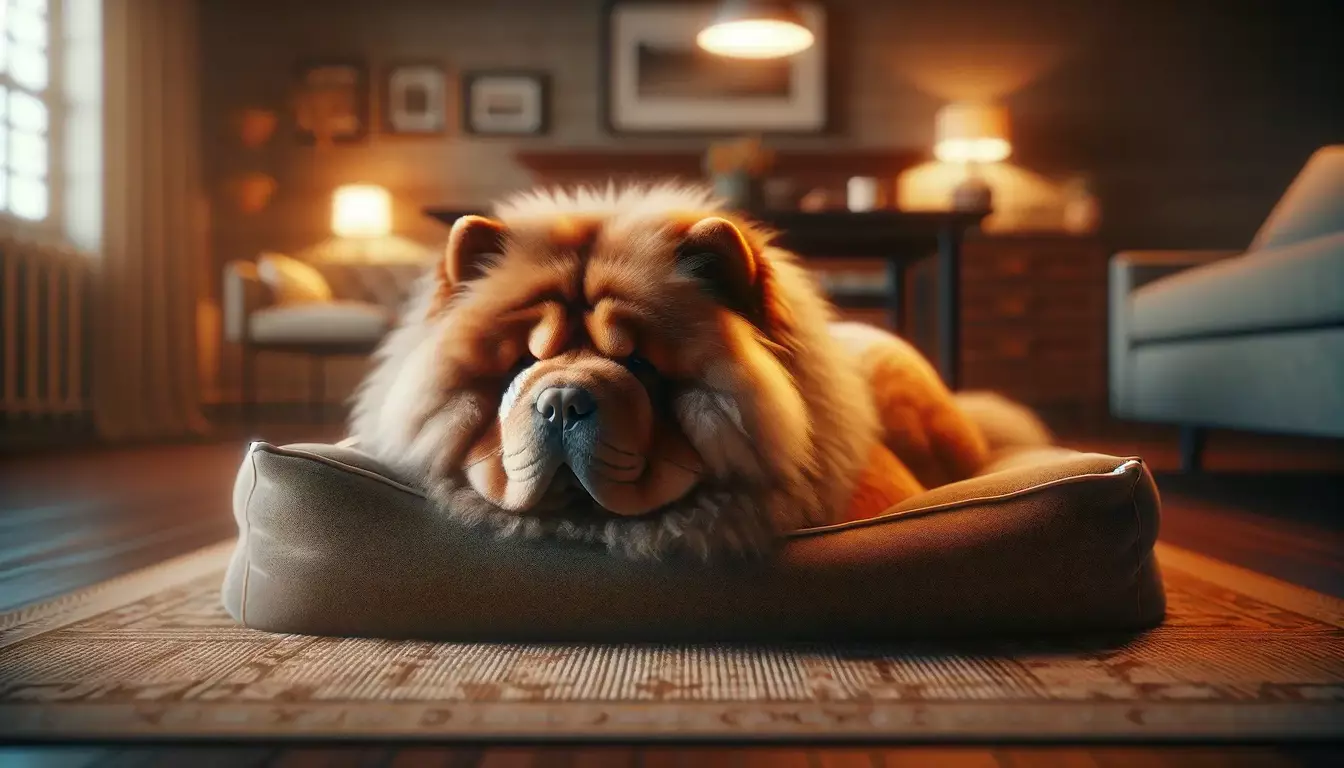
The Chow Chow’s history as a noble guardian in the cold regions of Northern China has imbued this breed with a distinct set of characteristics centered around independence and self-sufficiency. With a lion-like mane and deep-set eyes, the Chow Chow carries an air of aristocracy and aloofness rarely seen in other breeds. This breed is less likely to engage in playful antics or seek constant approval from its owners. Instead, it prefers to observe and manage its environment from a distance, making it a less needy companion.
This dignified breed is known for forming a deep bond with typically one person, showing loyalty and affection in a reserved manner. Their aloofness with strangers and even other family members is not a sign of dislike but a manifestation of their independent nature. Chow Chows are comfortable spending time alone, often patrolling their home like a silent sentinel. Their independence makes them less prone to separation anxiety, a trait that can be particularly appealing to those who work long hours.
Chow Chows require a firm, consistent hand in training, as their independent nature can sometimes veer into stubbornness. They are not a breed that looks to please their owners; rather, they require respect and understanding. Physically, they are sturdy dogs with a square build and a lush double coat that needs regular grooming. Despite their need for physical maintenance, their emotional self-sufficiency makes them well-suited for owners who appreciate a more standoffish canine companion.
Shar Pei: The Stoic Protector

The Shar Pei, with its distinctive deep wrinkles and blue-black tongue, originated in China where it served as a versatile farm dog, capable of guarding, hunting, and herding. This breed’s historical roles required it to be both alert and independent, traits that are strongly evident today. Shar Peis possess a calm yet confident demeanor, often acting as a composed and observant guardian of their home.
Shar Peis are inherently reserved, especially around strangers, which complements their independent nature. They form strong, loyal bonds with their families but do not demand constant attention or affection to feel secure. Their independence is manifested in their often solitary behavior; they are content to spend time alone, reflecting their self-sufficient heritage. Despite their tough exterior, Shar Peis can be quite sensitive and respond well to positive, consistent training methods.
Physically, the Shar Pei is compact and square, with a unique coat that can either be horse, brush, or bear-coat, each varying in length and texture but all requiring minimal grooming. The breed’s calm and undemanding nature, combined with its loyalty and protective instincts, make it particularly suitable for owners who need a dog that can handle being alone without experiencing anxiety or distress.
Akita: The Noble Samurai
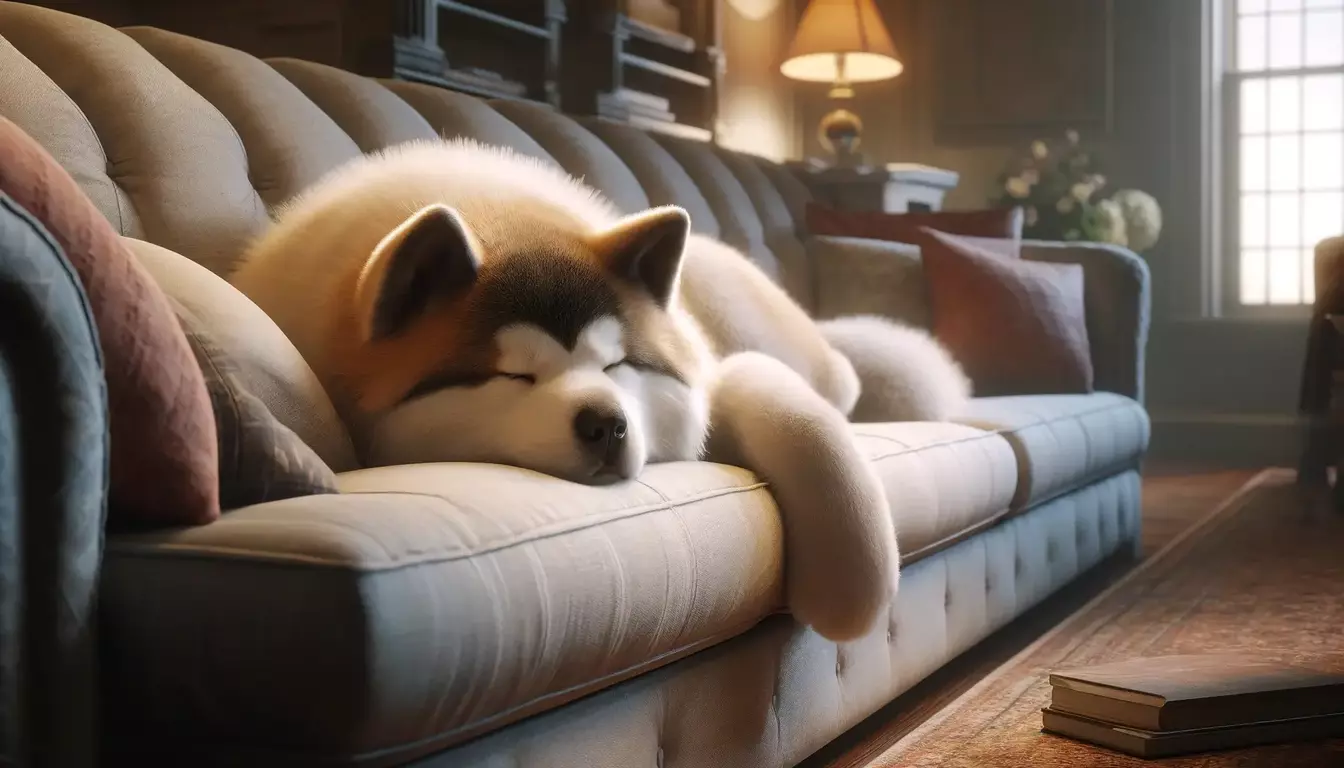
Akitas are powerful, dignified dogs from Japan, revered for their loyalty and courage. Historically used for hunting large game such as bears, this breed has developed a robust independent streak. Akitas are known for their reserved character and prefer to engage on their own terms. They embody the spirit of a lone warrior—self-reliant, reserved, and strong.
This breed forms incredibly strong bonds with their owners, often becoming profoundly devoted to one particular family member. Despite their capacity for deep affection, Akitas are not clingy; they respect and even require personal space, aligning well with households where they may spend time alone. Their independence makes them less prone to separation anxiety, although they still appreciate a structured routine and regular interaction.
Akitas are large and bear-like with a powerful build and a thick double coat that requires regular maintenance. They exude a calm confidence and are often aloof with strangers, which makes them excellent watchdogs. Training an Akita requires patience and understanding, as they are both intelligent and willful, often preferring to make their own decisions rather than follow commands blindly.
Whippet: The Gentle Sprinter

The Whippet, a breed that originated in England, is known for its incredible speed and agility, characteristics that make it a top contender in dog racing and lure coursing. Despite their athletic prowess, Whippets are surprisingly laid-back and low-energy when indoors, content to curl up and relax for hours. This juxtaposition between their outdoor vigor and indoor tranquility is what uniquely positions them as both companionable and independent.
Whippets are affectionate with their families but do not require constant attention to remain content. Their independence is rooted in their historical use as hunting dogs, where they were required to make quick decisions and hunt small game independently. Indoors, they are quiet and unobtrusive, often seeking out a comfortable spot where they can watch the household activities from a distance. Their ability to entertain themselves quietly makes them excellent pets for those who might need to leave them at home for part of the day.
Physically, Whippets are sleek with a streamlined build that allows for their bursts of speed. They have a short, smooth coat that is easy to maintain and comes in a variety of colors and patterns. Whippets are sensitive and respond well to gentle, positive reinforcement training. Their calm demeanor and minimal grooming requirements make them an ideal breed for first-time dog owners or those living in smaller spaces.
Greyhound: The Reserved Racer

Greyhounds, perhaps one of the most recognizable breeds due to their historic role in racing, are as independent as they are gentle. Known for their incredible speed, Greyhounds are similarly to Whippets, quite sedentary when not exercising. This breed is often described as ‘cat-like’ due to its ability to lounge for hours, enjoying solitude or the company of its family with quiet contentment.
Despite their racing background, Greyhounds are surprisingly docile and independent in a home environment. They do not require constant interaction or activity to stay happy. Their independence stems from their breeding; as racing dogs, they were trained to be self-sufficient and focused, traits that translate into a home setting as a calm and low-maintenance presence. Greyhounds are incredibly adaptable, capable of thriving in a bustling family home or living quietly with a single owner.
Greyhounds have a tall, slender build and a short coat that requires minimal grooming. They are known for their kind and mild-mannered nature, and they form deep bonds with their owners, though they show this affection in a reserved and undemanding manner. Training should focus on positive reinforcement and patience, as they are sensitive to harsh corrections. Greyhounds make excellent pets for those who work during the day, as they are perfectly content to relax until their owner returns.
Shiba Inu: The Spirited Solitary
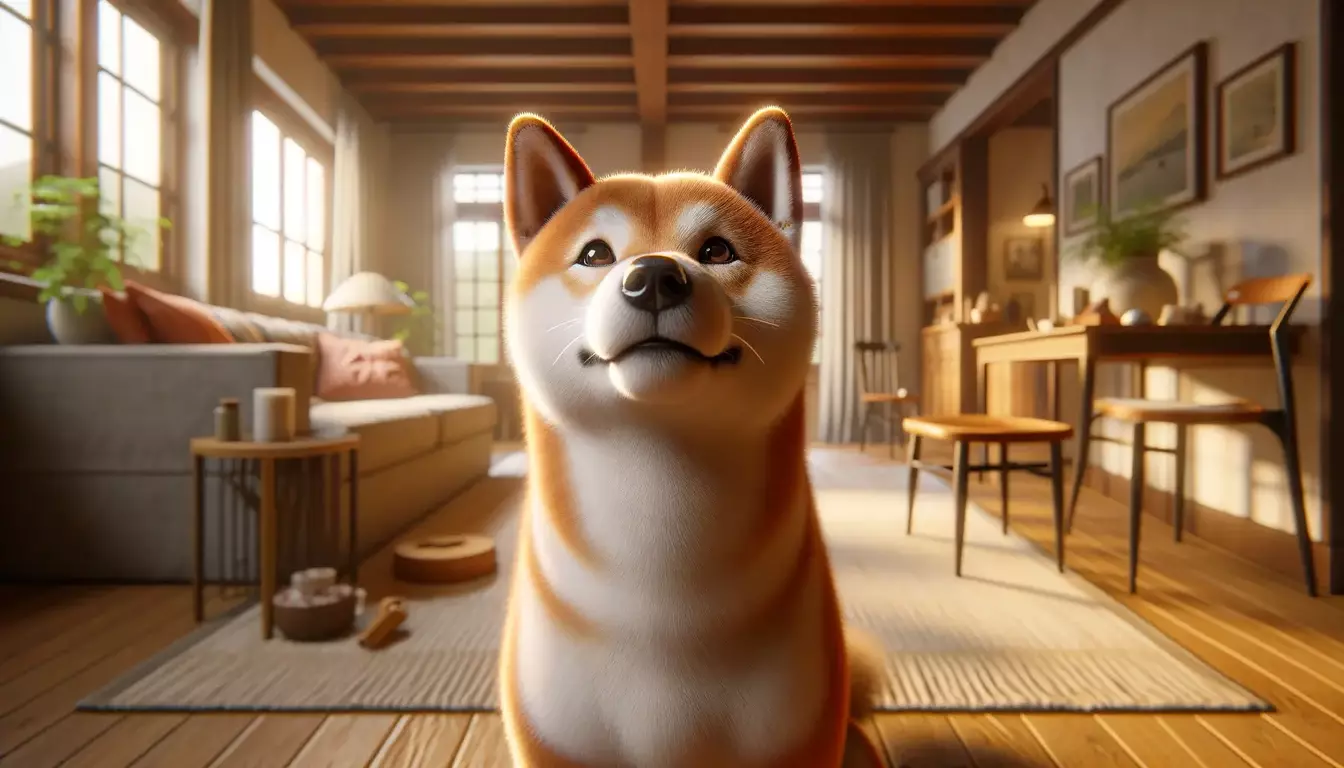
The Shiba Inu, a small but spirited breed from Japan, is known for its fox-like appearance and independent nature. Renowned for their bold and confident demeanor, Shiba Inus carry themselves with an almost feline grace and aloofness. Originally bred for hunting in the rugged mountainous regions of Japan, this breed has retained its self-reliant instincts, making it particularly well-suited for owners who appreciate a dog with an independent streak.
Shiba Inus are known for their “Shiba scream,” a loud and high-pitched vocalization they use when they are unhappy or protesting, which underscores their assertive personality. Despite this vocal trait, they are generally reserved and tend to manage their own time, entertaining themselves without needing constant human interaction. Their independence can sometimes be mistaken for standoffishness, but they are simply breeds that value their space and autonomy.
Physically, Shiba Inus are compact and muscular with a plush double coat that comes in various colors like red, sesame, black and tan. Their expressive eyes and perky ears make them particularly endearing. Although they form strong bonds with their family, they don’t demand constant affection and are perfectly content being left alone for reasonable periods. Training a Shiba Inu requires consistency and patience, as they are both intelligent and stubborn, with a clear sense of their own priorities.
Scottish Terrier: The Independent Thinker
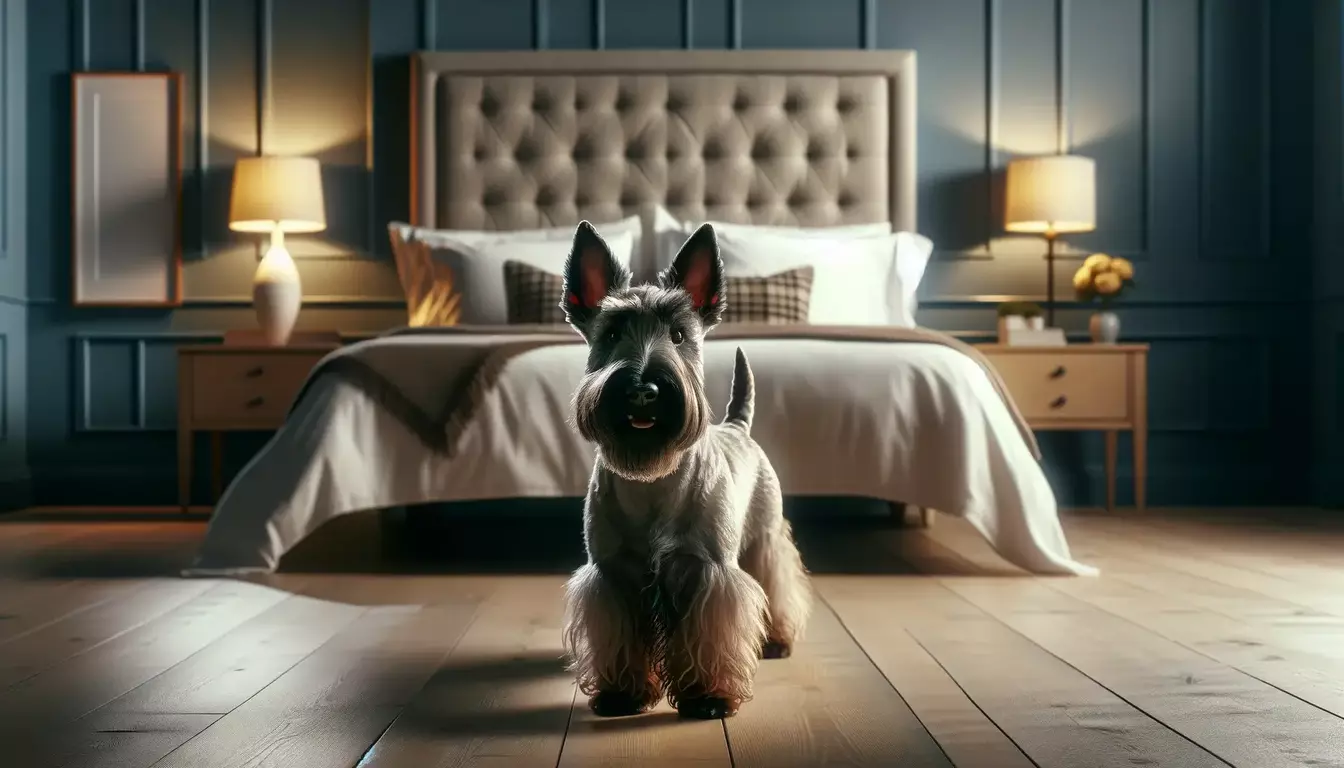
The Scottish Terrier, often simply called a Scottie, is a breed with a distinctive personality wrapped in a small, rugged body. Known for their dignified and independent character, Scotties were originally bred in Scotland to hunt vermin and guard farms. This background has equipped them with a strong, independent mindset; they are natural problem solvers who enjoy having tasks to manage on their own.
Scottish Terriers may be small, but their confidence and self-assuredness are vast. They have a particular way of carrying themselves—with a beard and eyebrows that give them a unique, almost human-like expression of seriousness. Scotties are not typical lap dogs; they prefer to be in the same room but on their terms, often choosing a quiet corner from where they can keep an eye on the surroundings.
Their coat, which is dense and wiry, requires regular grooming to maintain its characteristic appearance. Despite their somewhat aloof nature, Scotties are fiercely loyal to their families. They do not require constant attention and are quite content with their own company, which makes them excellent companions for those who might not always be able to provide continuous interaction. Training should leverage their natural intelligence but also account for their stubborn streak, making sessions short and engaging.
Basset Hound: The Laid-back Companion
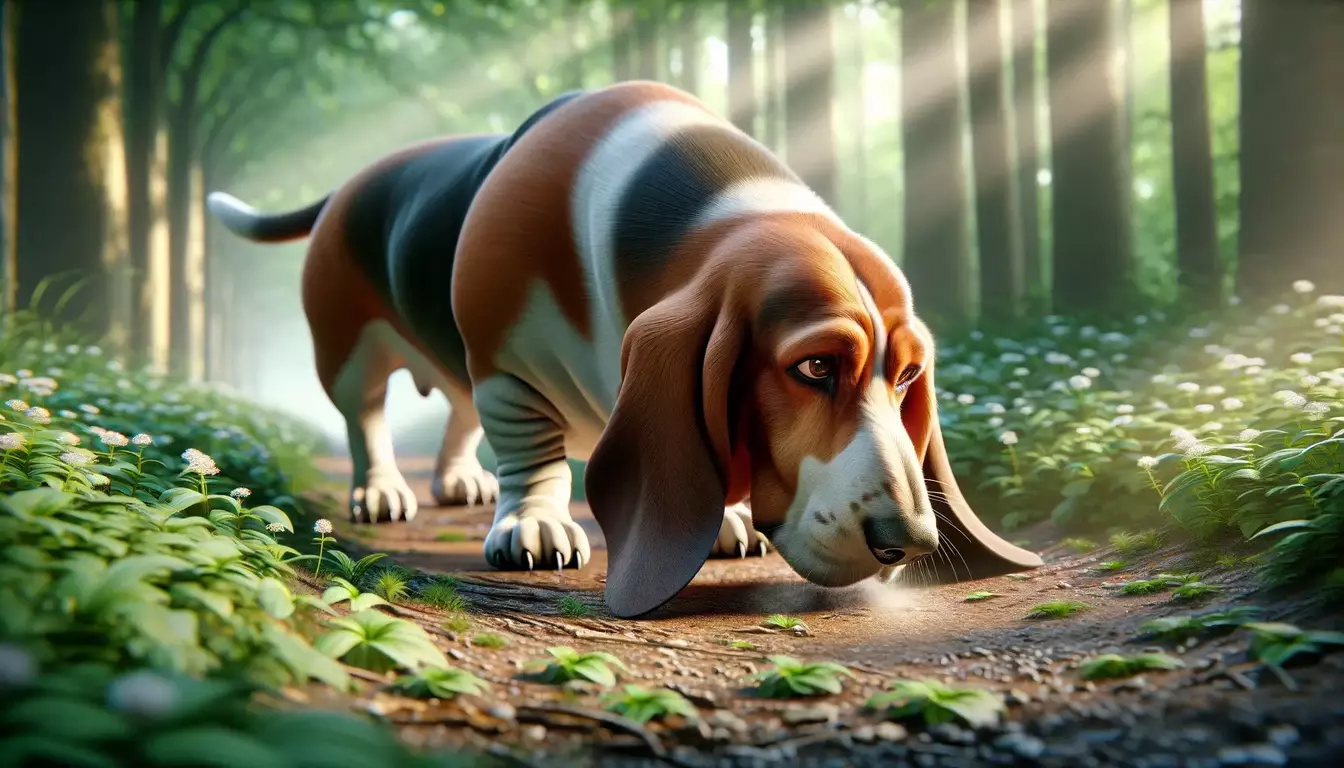
The Basset Hound, with its distinctive long ears and droopy eyes, exudes an aura of relaxation and easygoing temperament. Originally bred in France for hunting small game through scent, Basset Hounds have an innate ability to work independently, following trails without constant guidance. Their laid-back nature translates well into modern living conditions, particularly for owners who cannot provide continuous interaction.
Basset Hounds are known for their gentle and somewhat lazy demeanor, preferring a leisurely lifestyle over high-energy activities. They are incredibly patient, making them great companions for families with children. Despite their slow pace, they are alert and capable, possessing a deep, melodious bark which they use judiciously. This breed’s independence is shown in their contentment to lounge for hours on end, requiring only moderate exercise to stay healthy and happy.
Physically, Basset Hounds are quite distinctive with a low-slung body, short legs, and an incredibly sensitive nose. Their coat is short and smooth, requiring minimal grooming, and they can adapt to various living situations as long as they have a comfortable place to rest. Their amiable nature means they handle alone time well, but they also appreciate the affection and companionship of their families when at home.
Alaskan Malamute: The Resilient Worker
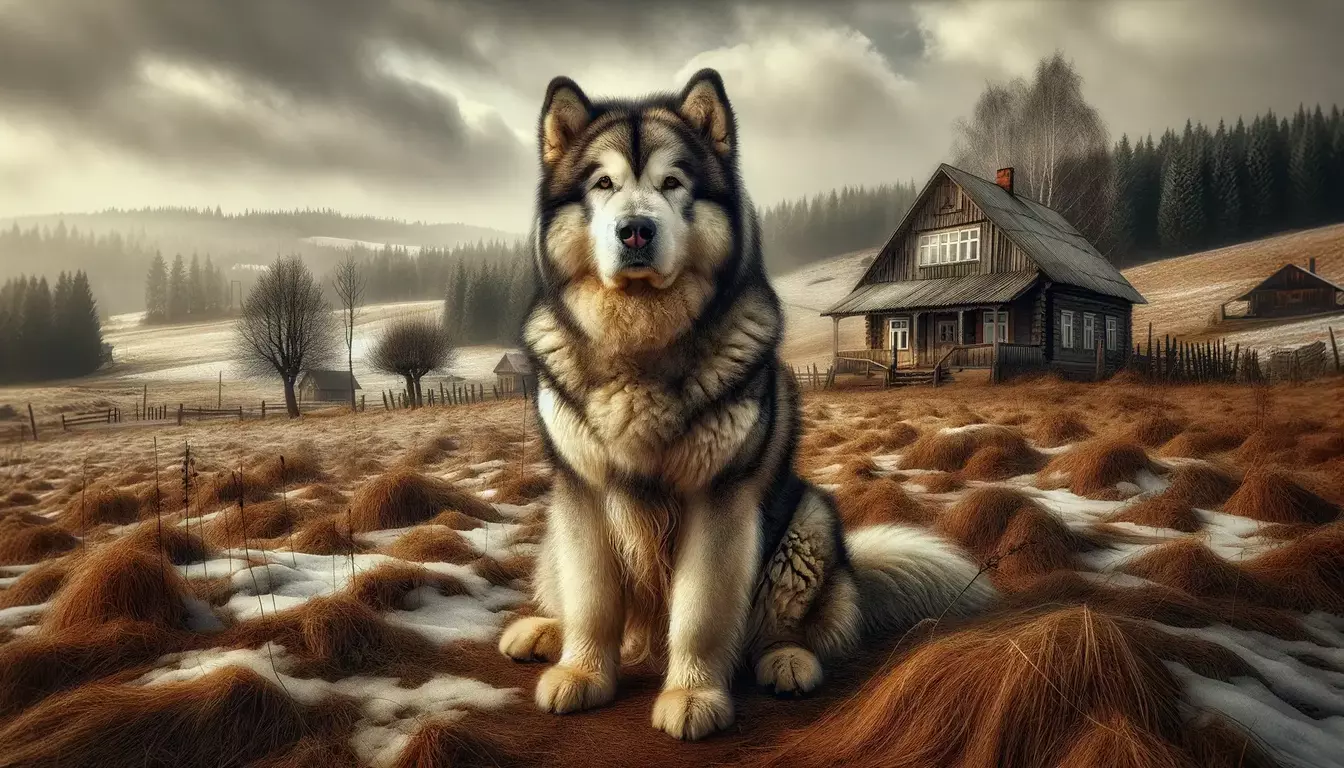
The Alaskan Malamute, one of the oldest Arctic sled dog breeds, is renowned for its strength and endurance. Historically used for hauling heavy freight as part of a sled team, this breed’s independence is born out of necessity, often working long distances away from direct human supervision. The Malamute’s ability to make decisions in the harsh conditions of the Arctic showcases its self-reliance and resilience.
Alaskan Malamutes are substantial, with a powerful frame and a thick coat designed to withstand extreme cold. Despite their size, they are known for their friendly and playful nature, which belies their robust exterior. They are highly social with humans and other dogs but can happily entertain themselves when needed. Their strong work ethic means they are not only independent but also require regular physical activity to keep them satisfied and healthy.
Training an Alaskan Malamute demands consistency and firmness, as they are intelligent and willful, often preferring to do things their own way. Their thick, double coat requires regular grooming, especially during shedding seasons. While Malamutes are loyal and affectionate with their families, their independent nature makes them well-suited to environments where they can have both interaction and time to themselves.
Ensuring Their Well-Being
Despite their independence, it’s important to ensure these breeds are well-cared for and not left alone for too long. Here are a few considerations:
- Exercise: Regular exercise is crucial for keeping them physically and mentally stimulated.
- Social Interaction: While they don’t need constant attention, social interaction is still important for their overall well-being.
- Training: Consistent training helps maintain discipline and strengthens the bond between the dog and its owner.
Conclusion
For potential dog owners with a busy lifestyle, choosing an independent breed can be a wise decision. These dogs provide the perfect balance of companionship and self-sufficiency, ensuring that they remain happy and healthy, even when you’re not around. Remember, every dog is an individual, and while breeds can dictate certain behaviors, the specific personality of each dog will also play a significant role in how well they handle being alone.
